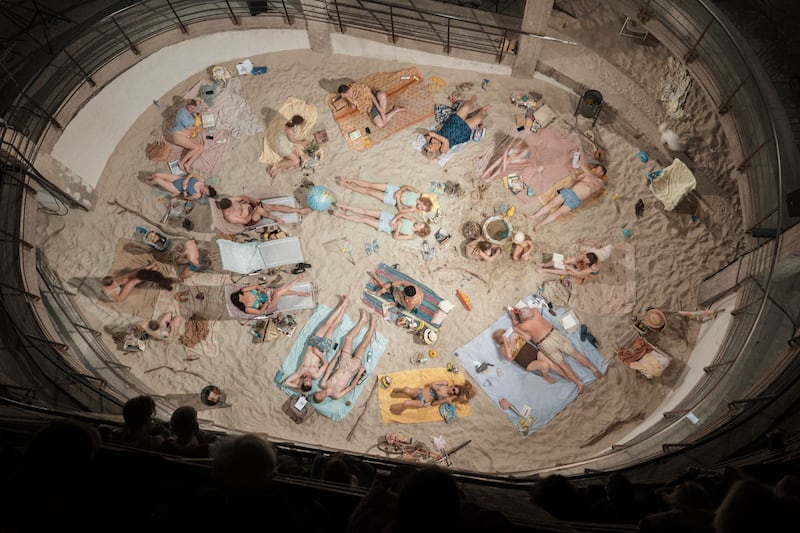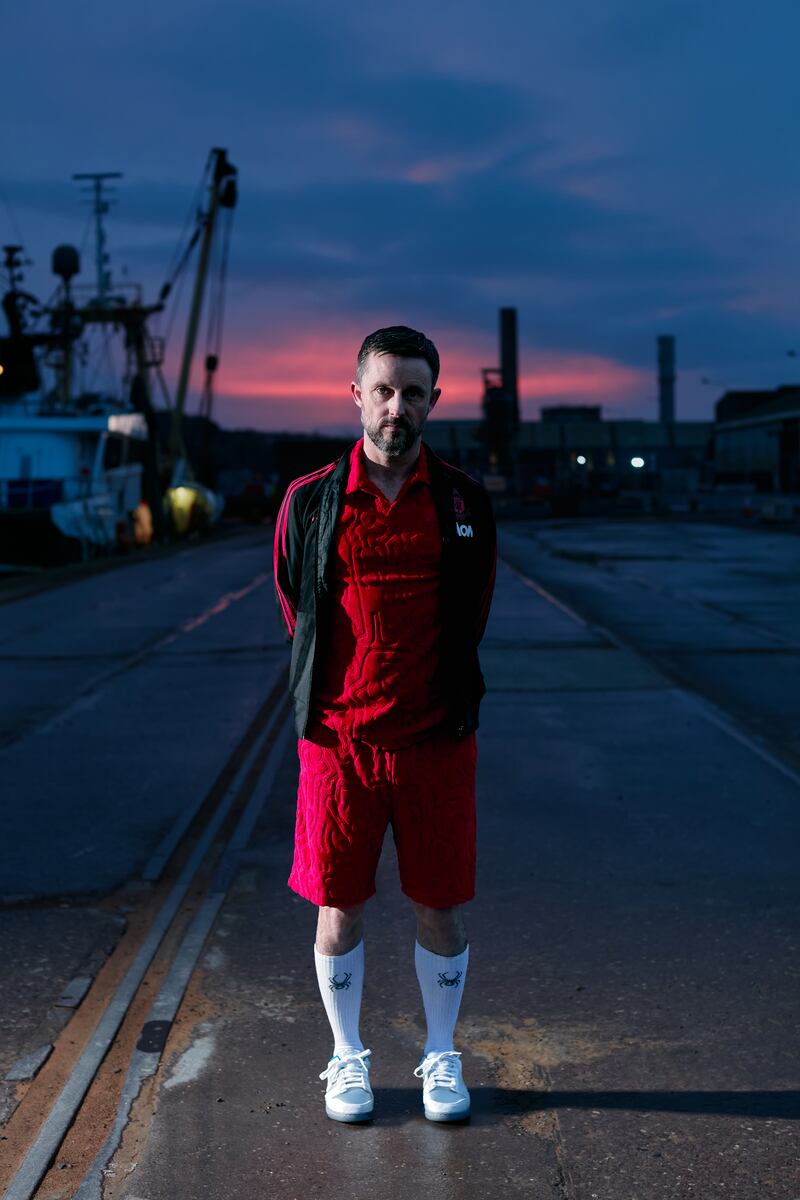This year’s Cork Midsummer Festival will be big, bright and playful, full of “wonder and joy”, according to Lorraine Maye – but, she says, it will be grounded, as ever, in substance and professionalism. “Last year was our recovery after the pandemic,” she says. “This year it’s about clarity of focus on what we’re about, what we want to achieve, what we can achieve. Essentially it’s about who we are.”
Maye, who has been the festival’s director since 2017, can’t disguise her happiness about the creative responses from the makers of the works and about the fruitfulness of projects coming to completion for this year’s event, which begins on June 14th and runs until June 25th. “It’s always a work in progress. We’re always learning, because festivals are dynamic collaborations. They’re in the air, moving, changing, open to ideas, to the stories that people want to tell, opening doors so that participants can find their own relevance.”
So here’s a hint of the happiness: four daily performances of Sun & Sea, a Lithuanian creation that arrives garlanded with the Golden Lion award from the Venice Biennale of 2019, in which 40 people will lounge on a beach in Cork City Hall’s Millennium Hall venue. Audiences will be able to watch their comings and goings from a gallery above as the sunbathers below enjoy a hot day at the seaside, accompanied by an operatic score.

“It’s a spectacular work. We can engage with it on different levels as the watchers move around, because it’s layered with meaning, especially about the climate crisis. But it’s not a blaming exercise – it’s just a thoughtful operatic reflection on how we live in the natural world.”
READ MORE
Sun & Sea, which the festival is presenting with the Everyman and the National Sculpture Factory, also exemplifies one of the festival’s enduring attributes, that of managing contrast without collision. Events may strike off one another, but they do not compete, and it may be that some of the 15 tonnes of sand needed for the Millennium Hall might contribute to the pile in Cork Opera House where Siobhán McSweeney’s Winnie is imprisoned as she recounts her life in Samuel Beckett’s play Happy Days. Maye says this collaboration between the festival, the opera house and Landmark Productions, which is having its Irish stage premiere, is “full of joy”.
As Maye unreels her spool of 30 events over the festival’s 12 days, it has to be acknowledged that while this is the first year that Rough Magic will take part in the festival – with Georgina Miller’s new play, Freefalling, directed by Lynn Parker – it is also the first time since 2001 that the now defunct Corcadorca will be absent. “They gave 17 productions with us. The longevity of that relationship is quite rare in a multidisciplinary festival like ours, and the ambition shown in the number of incredible performances they have presented in that time is extraordinary.”
The challenge for the festival is to adapt the programming without Corcadorca; how to find world-class art with which audiences can engage. Thinking back to Corcadorca’s 2005 festival production of The Merchant of Venice, Maye says that the company’s influence on the festival, and its audiences through the years, was huge. “My job is to consider what we have had and to think about what’s next. I believe there are two elements to the Corcadorca legacy: first, the artists they nurtured and, secondly, the audiences they nurtured at the same time.. What now can we provide on a similar scale and with that type of work?”
Maye’s response is to embrace Corcadorca’s third and most exciting legacy by using the city as a stage. A devotee of street parades, and of open-air performances and installations, she understands the excitement of communal experiences, of familiar spaces shared with something dramatically strange. “Research has reminded us that people want something new. We need the reliability of experienced professional practitioners and organisations, but we also work closely with emerging artists whose ideas this year will be events next year or the year after. It takes time, but it brings results.”
Funded by a €440,000 base grant from the Arts Council of Ireland that is bolstered by a variety of individual grants and bursaries – not to mention invaluable permission to use spaces across the city – the festival uses venues that stretch from Cork Opera House, the Granary and Firkin Crane to the Crypt and the Crawford, and from parks, streets and squares to, in one case at least, the sky.

Elll, aka the composer, producer and DJ Ellen King, is the festival’s artist-in-residence; she’ll be joined in the line-up by, among others, Philip Connaughton, Gina Moxley, Orla Barry, Mayfield Men’s Shed, Junk Ensemble and Broken Crow. Amanda Coogan and the choirs of the Dublin and Cork deaf communities, in tune with the festival’s guiding theme, will bring Beethoven’s Ode to Joy to the city; and Stephanie Lüning will flood John Redmond Street with pink foam under the tower of Shandon.
The festival’s gorgeously exuberant imagery matches the shine and beat of the big parade planned once again to fill Oliver Plunkett Street almost at the same time as a group of street performers from France are visiting to interrogate the city’s capacity for extravaganza. “It’s easier to buy in, of course,” Maye says, “but inviting international artists who have the skills and experience required to make an event which remains of Cork and in Cork, that’s what gives us a new view, a new perspective on our own city.”
She adds, “The sense of excitement is still the dominant feature of my approach. There’s so much more that we can do and we will do.”















